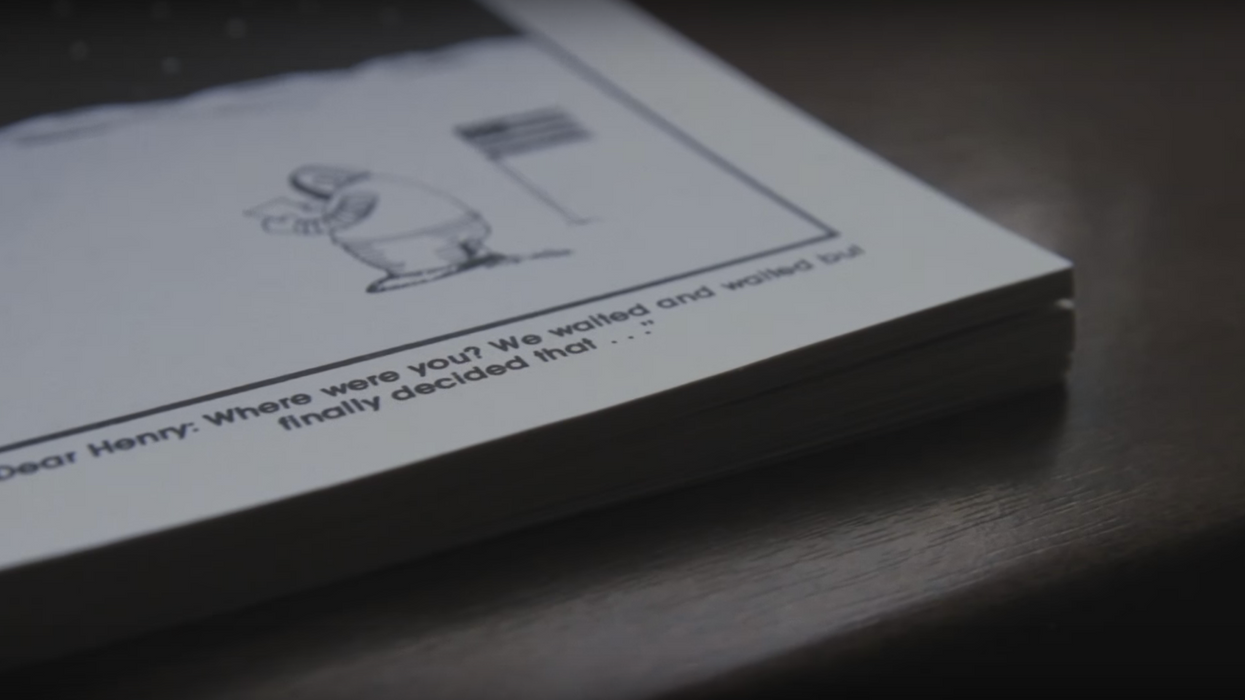These Comics Can Teach You a Valuable Lesson About Cinematic Storytelling
An important storytelling lesson comes from a place you might not expect.

Sometimes filmmakers and cinematographers get so wrapped up in the technical details of production—framing, camera movement, lighting—that they forget the main function of those details: to tell a story. But how do you use these cinematic concepts to make your narrative stronger and more dynamic? Well in this video, Simon Cade of DSLRguide shares some keen observations cartoonist Gary Larson's famous comics The Far Side to explain just how powerful a single frame can be.
There are a lot of things to learn from this video, but perhaps the main takeaway here is summed up when Cade comments about how "surprising" your audience with framing and editing can be an effective narrative tool:
What I've learned from these comics is to really make the most of what the audience can see and what the characters can't see—to really look for the story and focus on that, not worrying too much about the details of what happens before or after.
Cinematography is used to create beautiful images, yes, but its primary purpose is to help tell stories. There are many, many ways to do this through the mise-en-scène and different compositional techniques, like camera angle and movement, blocking, color, lighting, and shot size. It's fairly straightforward to make these cinematic decisions to create at least a palatable image, but if you want to, as Cade says, "surprise" your audience with your images, a good place to start is by thinking of the image as an active storyteller rather than as just a pretty (and passive) picture.
Source: DSLRguide











